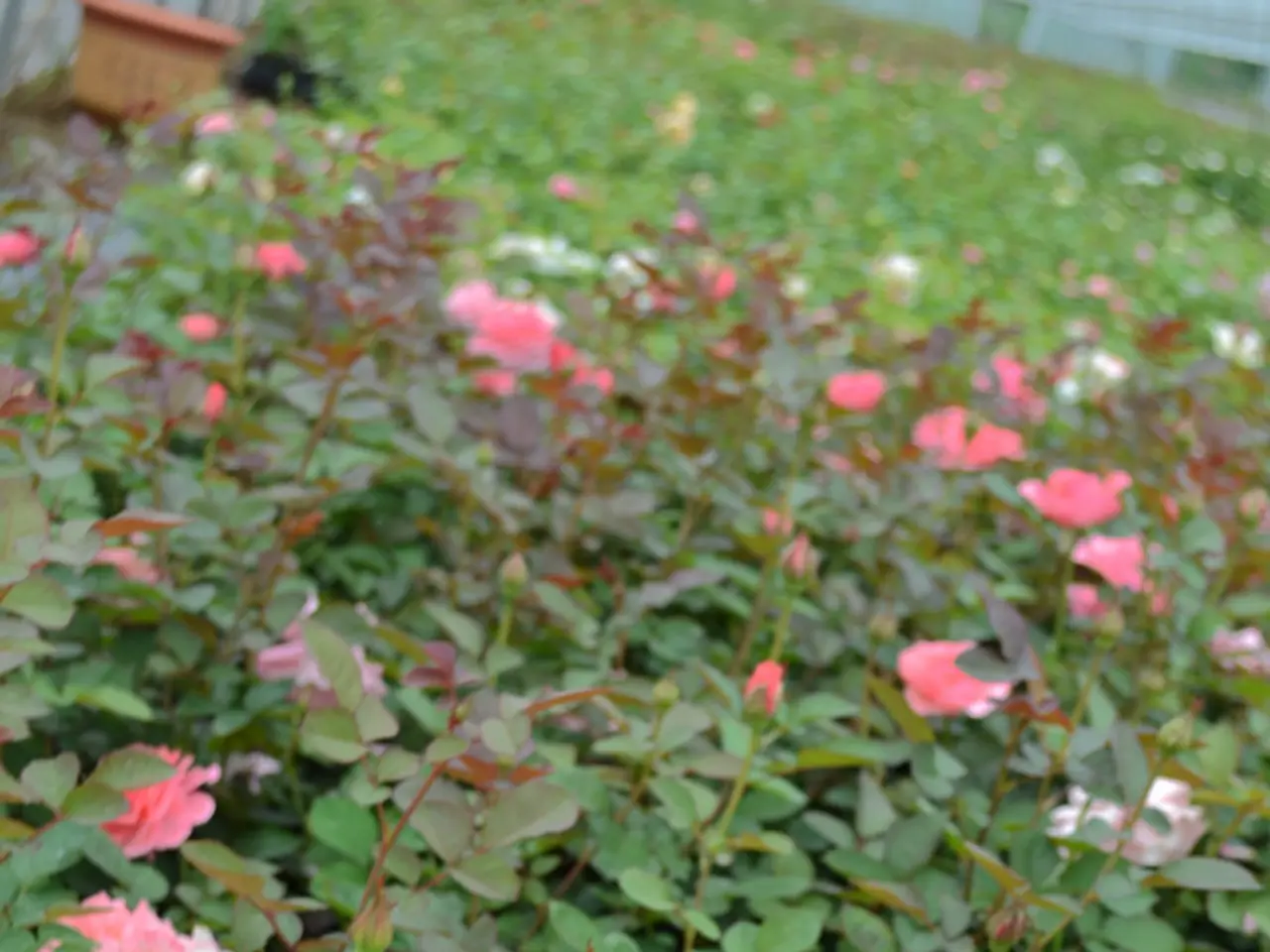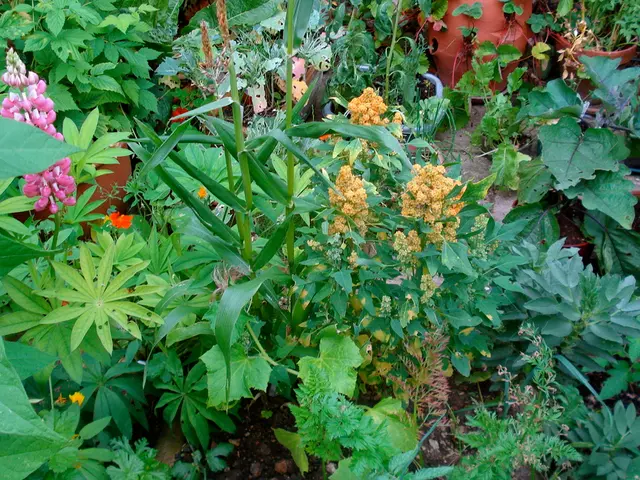Uncovering the Symbolism of Sweet William: Exploring the Depths of Dianthus Barbatus Blooms
In the world of flowers, few blooms have the enduring charm and versatility of Sweet William (Dianthus barbatus). From Victorian times to modern gardens, this short-lived perennial or biennial has captured hearts with its delicate beauty and captivating scent.
Originally symbolising gallantry, passion, and admiration, Sweet William now represents gratitude, romantic affection, and heartfelt appreciation. Its scent, reminiscent of cloves, attracts bees, butterflies, and hummingbirds, making it a beloved addition to any garden.
Sweet William plants typically reach heights of 12 to 24 inches and form tight clusters of small flowers with fringed petals, available in shades of pink, white, red, and purple. These flowers are prized for both their cut flower potential and landscape use, connecting people to tradition, nature, and beauty in one perfect flower.
Growing Sweet William requires care and attention to ensure its health and longevity. These plants perform best in well-drained soils with a preference for organically rich, slightly alkaline environments. Moderate watering is essential, with deep but infrequent watering allowing the soil to dry slightly between sessions. In hot summer climates, providing afternoon shade can extend the blooming period.
Sweet William can be susceptible to pests like aphids, slugs, and snails. To keep these pests at bay, organic pest control options like neem oil or insecticidal soap are recommended. In high humidity, good air circulation around the base of the plant is crucial to prevent fungal diseases like rust. Deadheading faded flowers encourages the plant to produce more flowers and prevents self-seeding if undesired.
Sweet William can be propagated via seed, cuttings, or division. Starting from seedlings is most common and rewarding. Dividing mature plants every 2-3 years rejuvenates vigor and maintains form in long-term garden beds. In zones with mild winters, mulching the base protects the roots, while container-grown plants can be brought indoors in colder areas.
Avoiding poorly drained areas is essential to prevent crown or root rot. Many cultivars are bred for stem length, uniformity, and disease resistance, making them valuable to exporters and wholesalers. In the commercial floristry and landscaping markets, leading global breeders include Ball Horticultural Company / PanAmerican Seed, Syngenta Flowers, Floranova Group, Sakata Seed Corporation, and Selecta One.
For buyers and growers, varieties from these breeders are often distributed through licensed seed companies and specialized nurseries worldwide, making them top global sources for Sweet William selections suitable for both floristry and landscaping.
The global Dianthus market may be niche, but it is well-served by these major horticultural breeding enterprises. For the very latest proprietary cultivar info or breeder rankings, industry catalogs and breeder websites would be the best primary sources.
In conclusion, Sweet William is a delightful flower that offers charm, versatility, and beauty to any garden or bouquet. With careful cultivation and the right care, these timeless blooms can continue to captivate for generations to come.
- The global Dianthus market is served by major horticultural breeding enterprises such as Ball Horticultural Company / PanAmerican Seed, Syngenta Flowers, Floranova Group, Sakata Seed Corporation, and Selecta One, providing a wide variety of Sweet William selections suitable for both floristry and landscaping.
- Sweet William plants, with their charming aroma of cloves and colorful fringed petals, are often valued not only for their cut flower potential but also for their landscape use, connecting people to tradition, nature, and beauty.
- In home-and-garden events and lifestyle magazines, articles showcasing stunning Sweet William designs in floral arrangements and gardens are common, highlighting their artistic and aesthetic appeal.
- Thanks to their versatility, Sweet William flowers are often seen gracing wedding bouquets and ceremonies, symbolizing gratitude, romantic affection, and heartfelt appreciation.
- For those interested in growing Sweet William at home, understanding its preference for well-drained, slightly alkaline soils and practicing careful watering techniques will help ensure the longevity and health of these captivating perennials.






